In recent years AC Milan’s midfield has been overhauled, so we thought we’d take a deeper look at the current options, and what the future of the department could be.
When thinking of elite teams in history, you can list a midfield of incredible talent that dictated success. For example, Milan’s under Carlo Ancelotti: Clarence Seedorf, Gennaro Gattuso, Andrea Pirlo and Ricardo Kaka is a perfect example.
However, arguments can and should be made about the importance of quality in midfield against the importance of composition. Possibly, you have the three best attacking-minded midfielders in the world, but there would likely be cracks in the middle due to a lack of balance, and that is why finding an equilibrium is vital.
In recent months, Stefano Pioli has seemingly re-found his love (if it had ever left) for the 4-2-3-1 system. However, his midfield selections have remained consistent for most of the year; Tijjani Reijnders and Ismael Bennacer act as a double pivot, while Ruben Loftus-Cheek is the more advanced of the trio.
The personnel
At the start of the year, Pioli had opted to use a 4-3-3 with the same personnel. Nevertheless, Loftus-Cheek often progressed into more advanced areas, which meant that even if the side started in a 4-3-3, they shifted into a 4-2-3-1 more often than not.
There are several reasons why the Italian has opted for this trio. Starting with the pivot of Bennacer and Reijnders, there are multiple areas where both excel, which is why they complement each other so well.
Reijnders was signed to play as an ‘8’, but his role in the 4-2-3-1 has seen him deployed with a more defensive mindset. However, this is not bad, and, if anything, it has unlocked the Dutchman’s best traits.
As was the case with him in a more advanced position, he is very comfortable receiving the ball under pressure, and with his great vision, partnered with his ability to carry the ball forward, it means that when deployed to be involved in earlier phases of the game, he excels.
The Yang to Reijnders’ Ying, then, is Bennacer. Whilst the Algerian has struggled to reach his previous self after his injury last year, he has still shown that he possesses a significant amount of quality.
His attributes have not changed, though. He is still an exceptional deeper-lying midfielder, and the mental aspects of his game have always been where he has excelled. Bennacer’s reading of the game makes him such a vital player in defensive and progressive areas.
He is probably better in a midfield two and works excellently to position himself to close angles whilst also being a good presser of the ball. Like with Reijnders, his ability shines when the Rossoneri build from the back. He is metronomic in a sense, in the way he controls the way the build-up goes, and the tempo at which Milan progresses up the pitch.
Ruben Loftus-Cheek is a really interesting player, and Milan may have got a bargain when they bought him from Chelsea last summer. The Englishman’s career has been ravaged by injuries, and the London club decided last summer was the time for him to move on.
There was plenty of interest, but the Diavolo were the ones to take advantage of his cut-price, and the club have a very versatile player who presents an extremely intriguing profile that Pioli may not have fully utilised just yet.
He is currently being deployed as the side’s Trequartista, and whilst he is aiding the attack, potentially, there may be someone better to fill this role. He is a very physical player, but his output has not improved to a magnificent rate, which, perhaps, leaves something to be desired.
Additionally, his defensive game needs work as well, and this was highlighted when he first joined the club, which means he is less suited for a defensive midfield role.
The various combinations #ACMilan have fielded in midfield this season by matches played (giocate) and average points per game (media pt).
[via @SkySport] pic.twitter.com/0WsB92HHFy
— MilanData📊 (@acmilandata) February 27, 2024
The solution
Therefore, could the solution be reverting back to a 4-3-3? Loftus-Cheek’s best football came as an attacking-minded box-to-box player for Chelsea, sitting behind Eden Hazard. Therefore, if he were to operate on either side of the midfield, it could unlock his best in red and black.
Reijnders is an all-action player, as we have seen all season, and Bennacer has been deployed as a sole ‘6’ previously at Milan and Empoli. Whilst his time in the position was not very successful, arguments can be made about the quality of the Rossoneri’s team now, compared to at the time of his usage there.
As mentioned earlier, Pioli has trialled the idea of a 4-3-3 this season, and Milan had a nearly 70% Serie A win rate in this system, using stats from Transfermarkt. The silver lining, of course, is the 5-1 derby defeat, and, if we’re honest, the word ‘defeat’ is kind. The loss was humiliating, and the eventual shift from the system is understandable.
The change back to a 4-2-3-1 occurred in January, and it is more than fair to say the Diavolo have enjoyed a positive 2024 so far. However, they have only equalled the success rate that they had using the 4-3-3, suggesting that, perhaps, there is not as much difference in terms of success in the formations.
The personnel has also shifted heavily. When Pioli was using a 4-3-3, Milan’s midfield saw very few consistencies in personnel and positioning. For example, Reijnders was heavily involved, but his positioning was varied between the middle of the trio or as a more free-roaming midfielder.
Additionally, he never had set partners, which affects the midfield’s ability to fully understand one another. Like everything in football, consistency is arguably the most important factor when looking into players and teams. What good is a striker who scores 10 goals all season over a three-game period?
The same ideology applies to the team. A group of players will struggle to perform if they are constantly changing their roles and partners, and we have seen this in recent weeks. In February, a report emerged about Milan’s best midfield combinations, and the best combination – you guessed it – was the one that had played together the most, at the time being Loftus-Cheek, Adli and Reijnders.
Since then, though, Pioli has opted to make the most of the double pivot of Reijnders and Bennacer, which has brought huge success, and the numbers prove this. Therefore, potentially, Pioli should attempt to re-experiment in the 4-3-3, with the options available to him now, as opposed to when he tried to do so in September.
The midfield trio should stay the same – all three possess a lot of quality between them and have proved time and time again to work. However, the roles they play can change.
Imaginably, Milan would start with Bennacer as the sole pivot, with Reijnders as the box-to-box or all-action midfielder and then Loftus-Cheek as the more attacking midfielder. Given Reijnders’ competency in both areas of the game, this allows the freedom for him and Bennacer/Loftus-Cheek to change their roles during games if it makes sense.
Another thing worth exploring is Loftus Cheek on the right of the midfield three instead of the left – the role where he played at Chelsea.
There can be comparisons made between Christian Pulisic and Hazard in the way they both enjoy cutting inside but are more than capable of playing down the line and with the Englishman’s tendencies to advance and the duo’s relationship, it could be a relationship which blossoms in a 4-3-3, more so than in a 4-2-3-1.
It is also worth noting that Hazard’s heat map shows that he progresses into central areas much more often, but with the system that Pioli uses, Pulisic can come into these areas, but is restricted by Loftus-Cheek’s positioning.
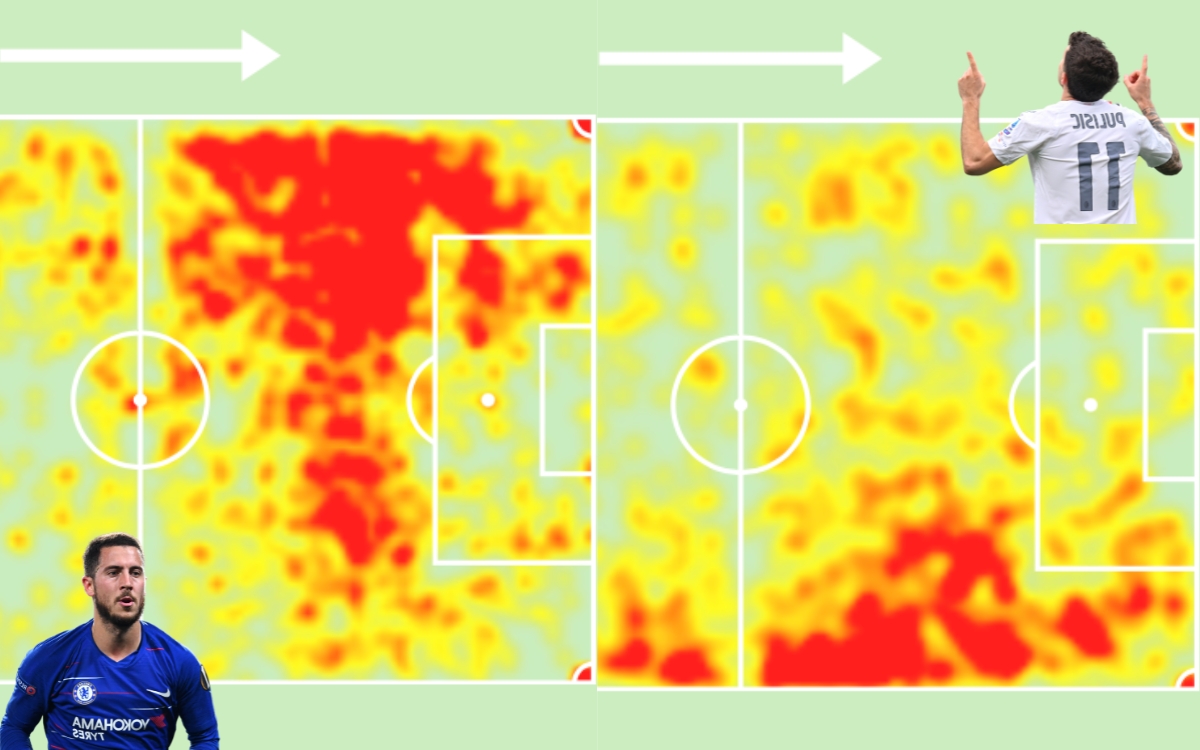
Reijnders has more often than not played on the left, and in his recent game for the Netherlands, on the left of central midfield, he played magnificently, meaning he is more than capable of facilitating this switch.
Additionally, this would provide extra benefits in defensive phases. Recently, the Dutchman has often found himself covering Theo Hernandez when the Frenchman attacked, and has done so very well, looking comfortable when he needed to revert to a more defensive position.
Potentially, having the trio of Rafael Leao, Loftus-Cheek and Hernandez on the same side could leave gaps defensively, and at the risk of ensuring there are no worries, it could harm the side’s attacking abilities.
Furthermore, it has been noted that Davide Calabria’s game has become more defensively-focused this season, and therefore, having Loftus-Cheek on the captain’s side allows him to have more freedom when attacking, in the knowledge that the right-back will not attack as much as Theo perhaps would.
Current and future options
It is also vital to explore the roles which Milan’s other midfielders can and do play in the team. Firstly, there is the favoured backup Yacine Adli. The Frenchman struggled to earn much game time in his first 12 months properly at the club, and in a recent interview, he revealed how his versatility helped him earn a role in the team.
Adli is comfortable playing almost everywhere in midfield, which provides the Rossoneri with a substantial amount of options, and his value to the team has to be recognised and praised.
Additionally, there is Yunus Musah. The American midfielder is more of a central midfielder than an attacking or defensive midfielder. However, this could change over the course of the next few years.
The 21-year-old has played a lot of his football on the wing, but his technical qualities and physicality make him an excellent prospect as a central midfielder. The purchase of the American was very shrewd business, he is heavily respected, and he has the base traits of an incredible midfielder. With exposure to playing time and just generally maturing further on the pitch, he will likely become a very good central midfielder.
Then there is Tommaso Pobega and Kevin Zeroli, who both need mentioning. Pobega presents a difficult situation for the club, as whilst he helps with homegrown quotas, it is fair to say he has hit his ceiling in terms of quality, so his path forward is unclear.
With Zeroli, the 19-year-old will likely go into the U-23 team when it is created, but he will be available to the senior side if he progresses quickly or when needed, so it isn’t fair to class him as a ‘first team player’ just yet.
As a result, identifying players who can adjust to either system – the 4-3-3 or the 4-2-3-1 – is vital for the upcoming summer. There has been a lot of talk about the summer investment, and the reports suggest that the Rossoneri’s investments will predominantly be in attack and defence.
Regardless of this, though, it makes sense to put forward two candidates who could play vital roles in the current team and in years to come.

The first election is Samuele Ricci. He has been consistently linked with a move to Milan, and he is capable of playing as a defensive midfielder or more advanced as an ‘8’. However, the former is more likely where he would be deployed for the side.
At Torino, the majority of his playing time has been in a 3-4-2-1 (where the side have used a double pivot), and he has been a mainstay in this system, so using him in a 4-2-3-1 would play to his strengths.
Another option that could be explored, is Sebastian Szymanski from Fenerbahce. The Polish attacking midfielder could solve problems in the 4-2-3-1, and he also provides cover for central midfield and as a winger.
In the Turkish Super Lig, he has 18 contributions this season, an improvement on his 13 in the Eredivisie from last season, and at 24 years old, he still has a lot of scope for improvement. Therefore, allowing him to grow into a role with Milan under the mentorship of some of the attacking talent at the club could allow the midfielder to progress with little pressure.

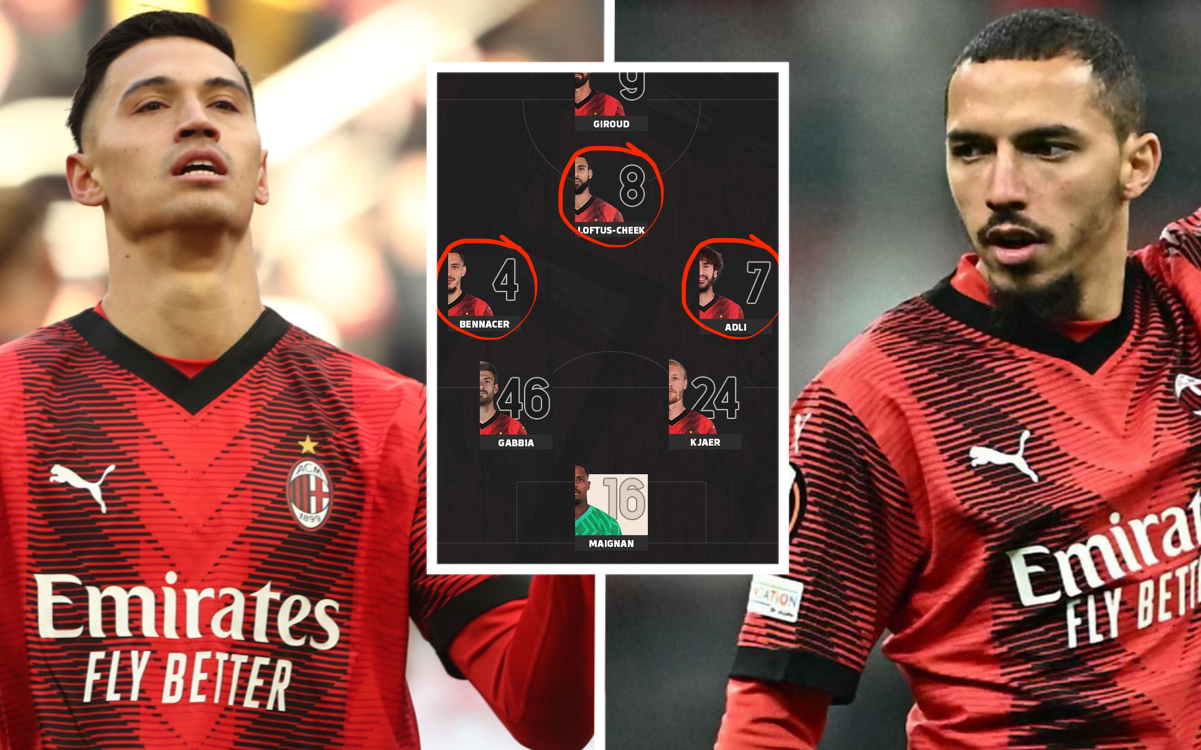

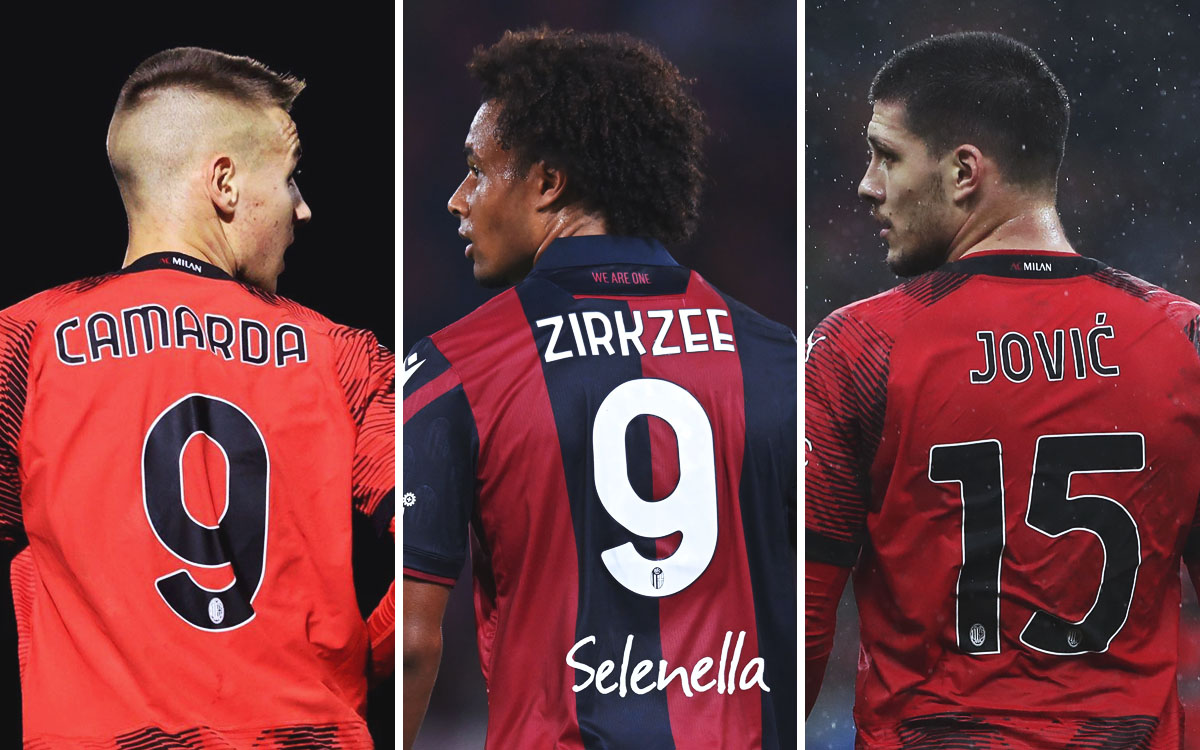

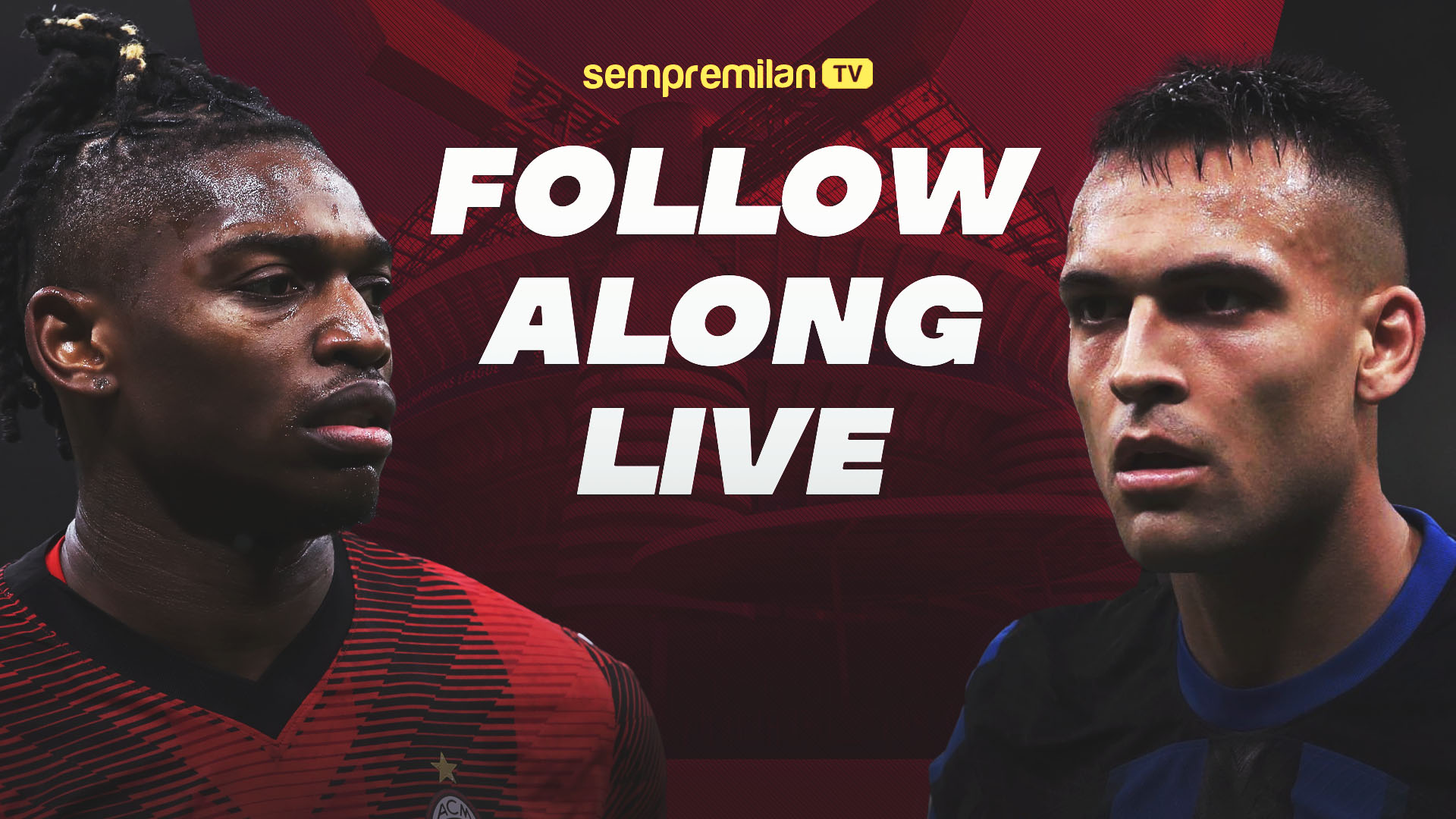
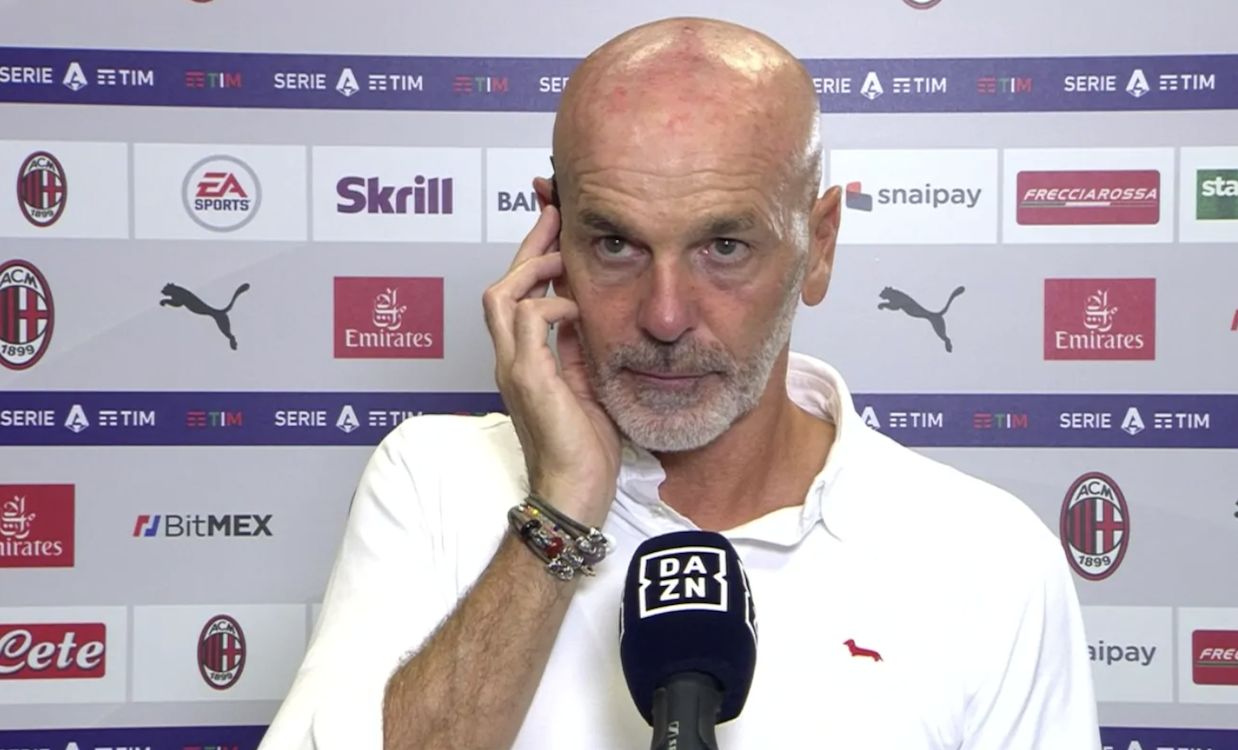
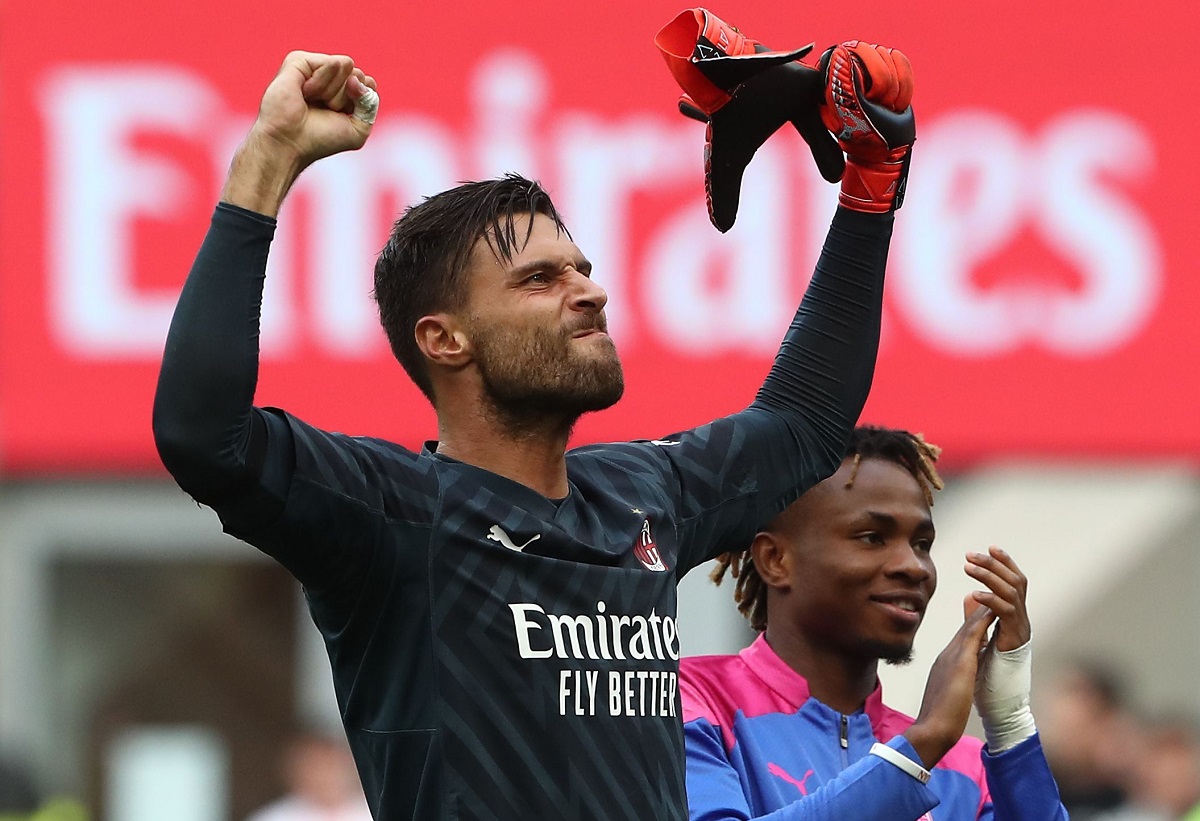
That Boloca from Sassuolo has been doing pretty well as a DM, stat wise. The club is not in a good place but he done ok. Wild card option imao.
Højbjerg will be looking for a new club, he’d be perfect for us. 6M gross salary, contract till ’25
Sassuolo doesn’t sell players cheap, Carnevali is very good at this…
Højbjerg would be a great addition to the squad.
Hojbjerg would do very nicely!
Soumare from sevilla contract with Leicester expires this summer.
Soumare contract with Leicester expires 2026 not this summer
I like the idea of 433 with Reijnders Bennacer RLC and the article have analyzed some important things the team could benefit from. It looks well balanced.
I don’t rule out a coming back to a 433, but it has to be done differently that earlier this season.
In the beginning of the season, there was this idea of the fullbacks (Theo and Calabria) tucking inside and pretty much becoming midfielders while the wingers (Leao and Pulisic) drifting wider. This, alongside our problem with transitions and tendencies to man-mark has been detrimental especially against sides who sit back making them less vulnerable to pressing, who give away possession making us the side who has to try to find gaps and who are quick on the counter-attack exploiting our problems in transitions (players out of positions and some of their attackers being free). Also the fact that both Theo and Leao have way more goal contribution in 2024 compared to 2023 shows how Pioli’s 433 had hurt them. And finally, while not necessarly a purely defensive midfielder, the 433 requires a midfielder who’s positioning is good, can cover for defenders, has good tacking and interception abilities and has enough strength and stamina. All of our midfielders lack one or some of the qualities I mentioned.
Shall we go back to a 433, in offensive phases, the wingers have to tuck inside, allowing the fullbacks to overlap and contribute to the attack and the deepest midfielder has to drop deeper to essentially form a back 3 (a bit like what Kessie used to do in some games). We should also opt for a more zonal approach to defending and perhaps consider switching to a more counterattacking style rather than a possession style, but I don’t see Pioli doing that.
Agree
Very interesting article about the department that intrigues the most. You can understand Pioli wanting to have RLC & Reijnders on the pitch together for the strength they bring to the squad but I get the feeling Reijnders would be an upgrade on RLC in the playmaker position , especially over time when he starts scoring more frequently.
For long patches of the match Loftus struggles to find passing channels and connect with players in space whereas Reijnders would excel in that regard.
On the other hand Loftus is physical ,direct and scores regularly.
Ultimately, maybe Reijnders/Loftus for the PM position would be best. For the double pivot a physical , ball winner and distributor(in the Kessie mould) should be sought to alternate with Musah and Bennacer & Adli can share the other spot.
Bennacer is too SLOW and has his head down too often which results in a lack of vision !!! So often he misses the first time option/ pass.